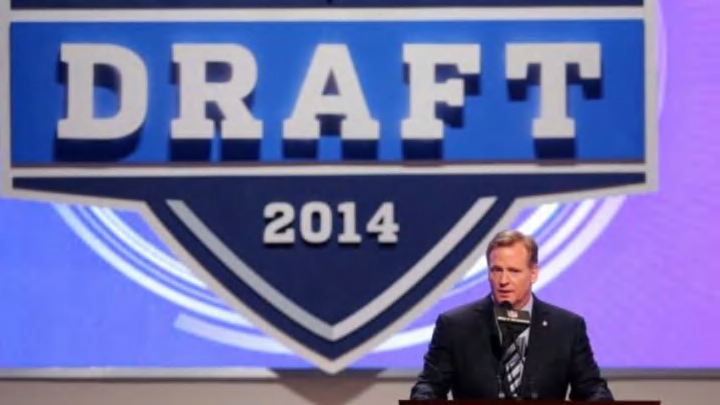The NFL wants to keep more players in college to avoid what happened during the 2014 NFL Draft when a number of the record 98 underclassmen declared for the draft.
More from College Football
- Jim Harbaugh facing 4-game suspension over NCAA violations
- College football neutral site games in 2023: Full list
- College GameDay announces surprise Week 1 destination
- College football analyst warns Oklahoma that Texas is doing better prep for SEC
- College Football Playoff national championship game locations for 2024, 2025 and beyond
Players like Marcus Roberson, Loucheiz Purifoy and Anthony Johnson, among others declared for the NFL Draft after their junior years under the belief they would be drafted in the first three rounds.
None of the three players were drafted in the seven round event in May and now the draft advisory board is tweaking their feedback in the hopes that players won’t make the same mistakes as the aforementioned trio, and they will elect to return to school and enhance their draft stock with another year in college.
"“The draft advisory board’s new guidelines, which the league has provided to Pro Football Talk, state that players who don’t project as a first- or second-round pick will be told they should remain in school. In the past, players who projected as third-round picks or later would be told that. Now they’ll just be told they should play another year of college football.”"
Further, schools will be limited to requesting feedback on only dive draft prospects which was alluded to at SEC Media days by Will Muschamp on Tuesday and again on Thursday by Alabama’s Nick Saban.
Each of those coaches have rosters littered with future NFL talent on their roster so the College Advisory Committee will decide on a case-by-case basis whether to accept more than five requests for evaluations.
The hope is only the best of the best will leave college with eligibility remaining while players on the fringe will return to school and continue their education at the same time enhancing their draft stock for the next year.
